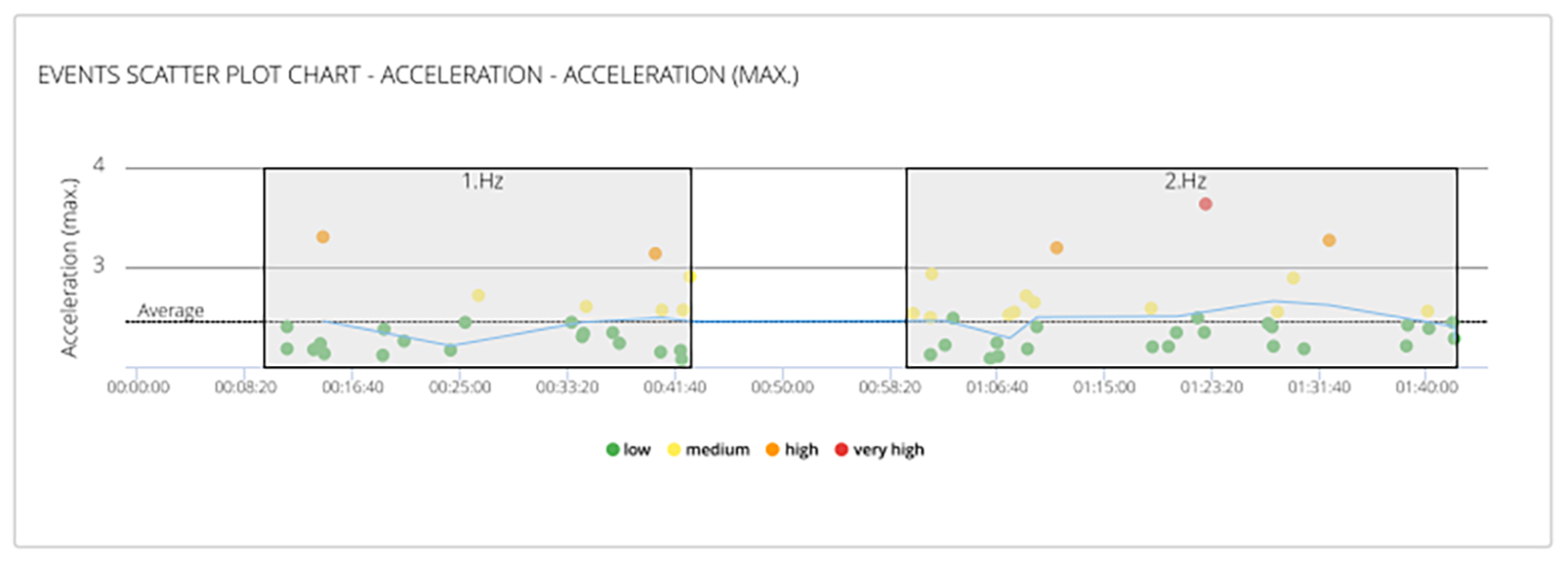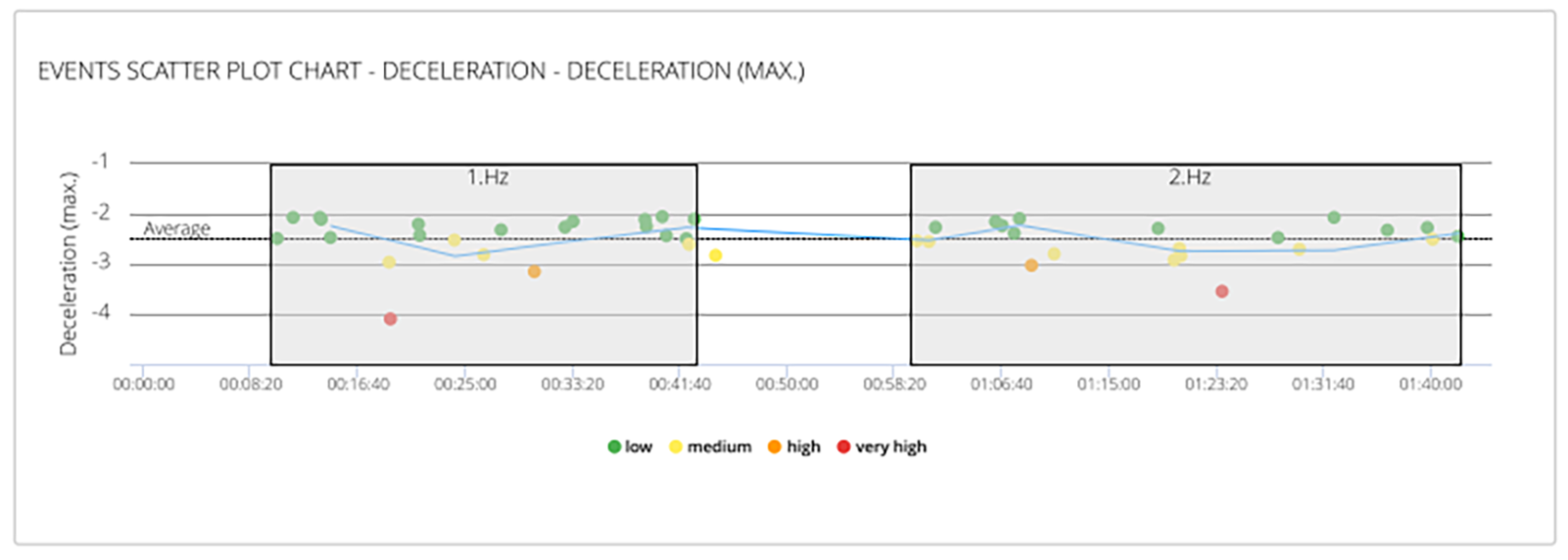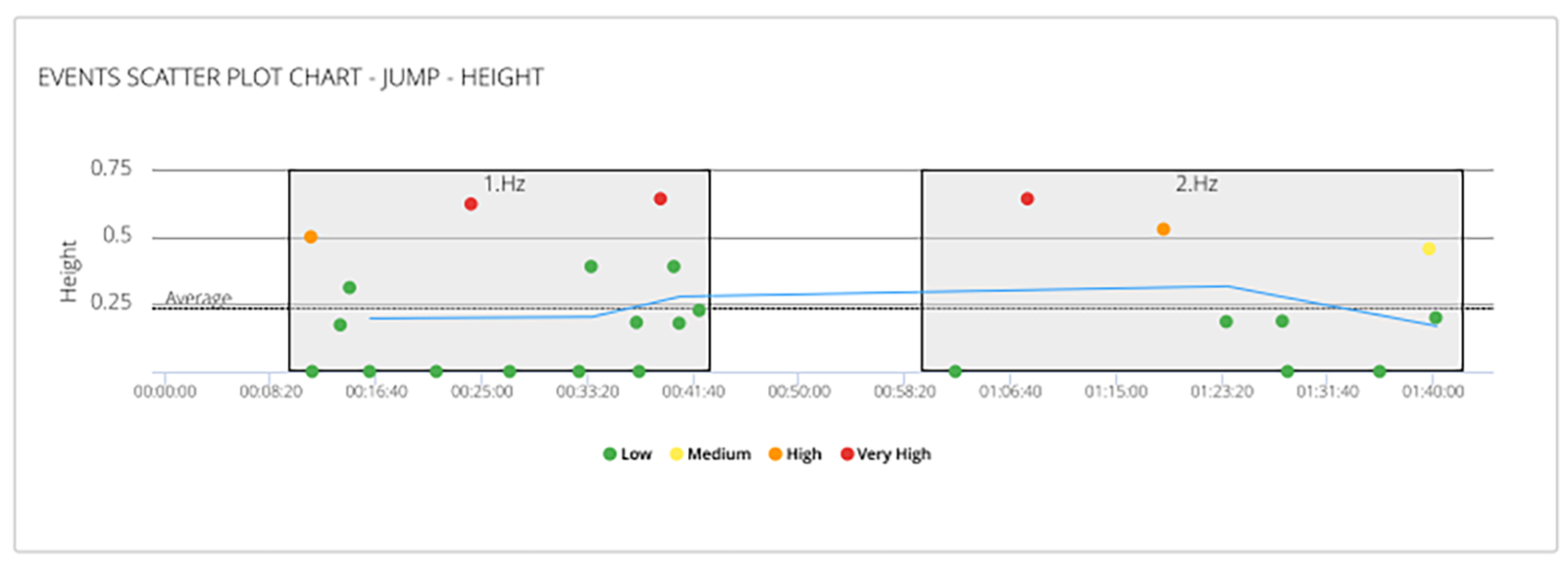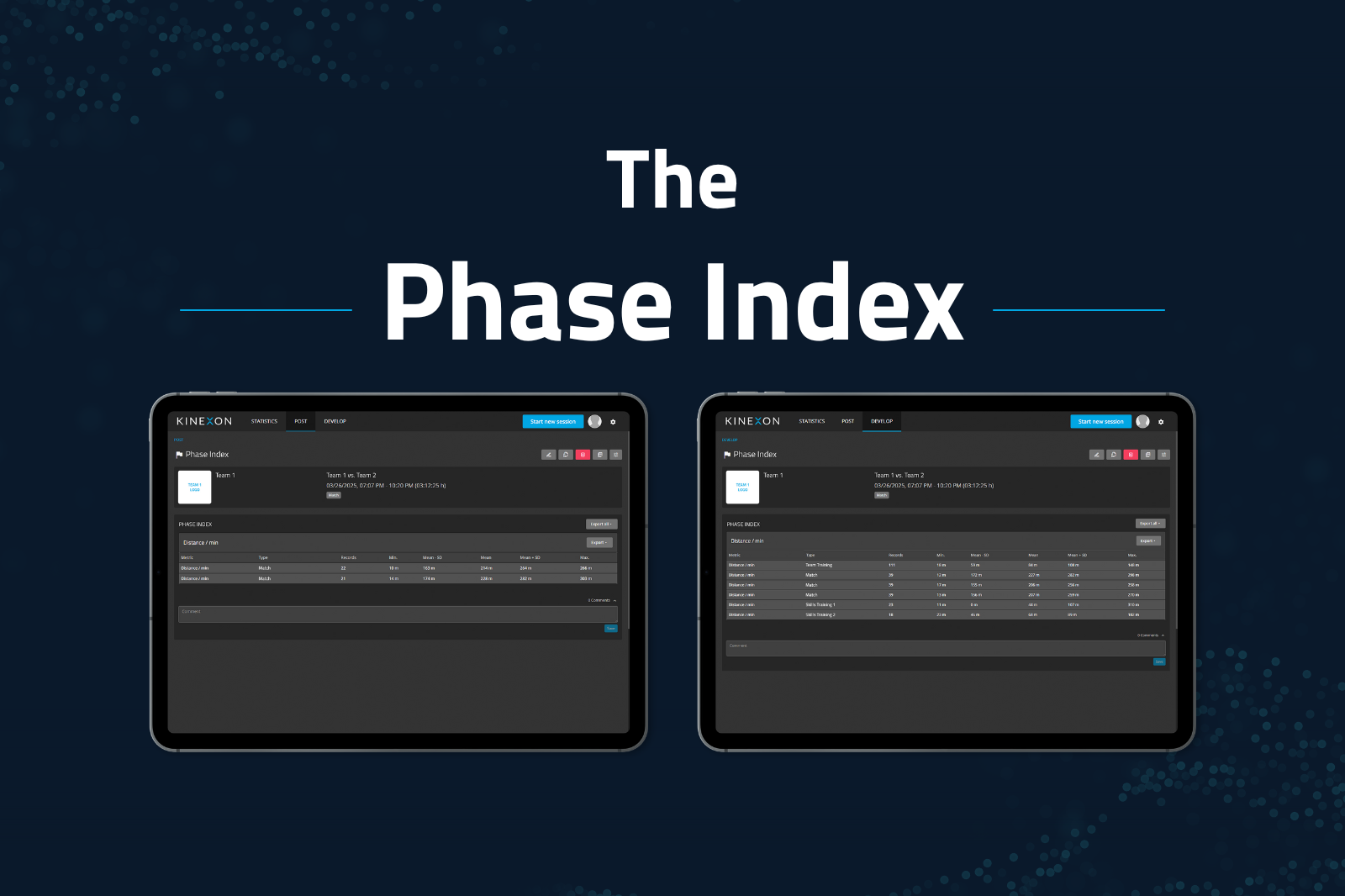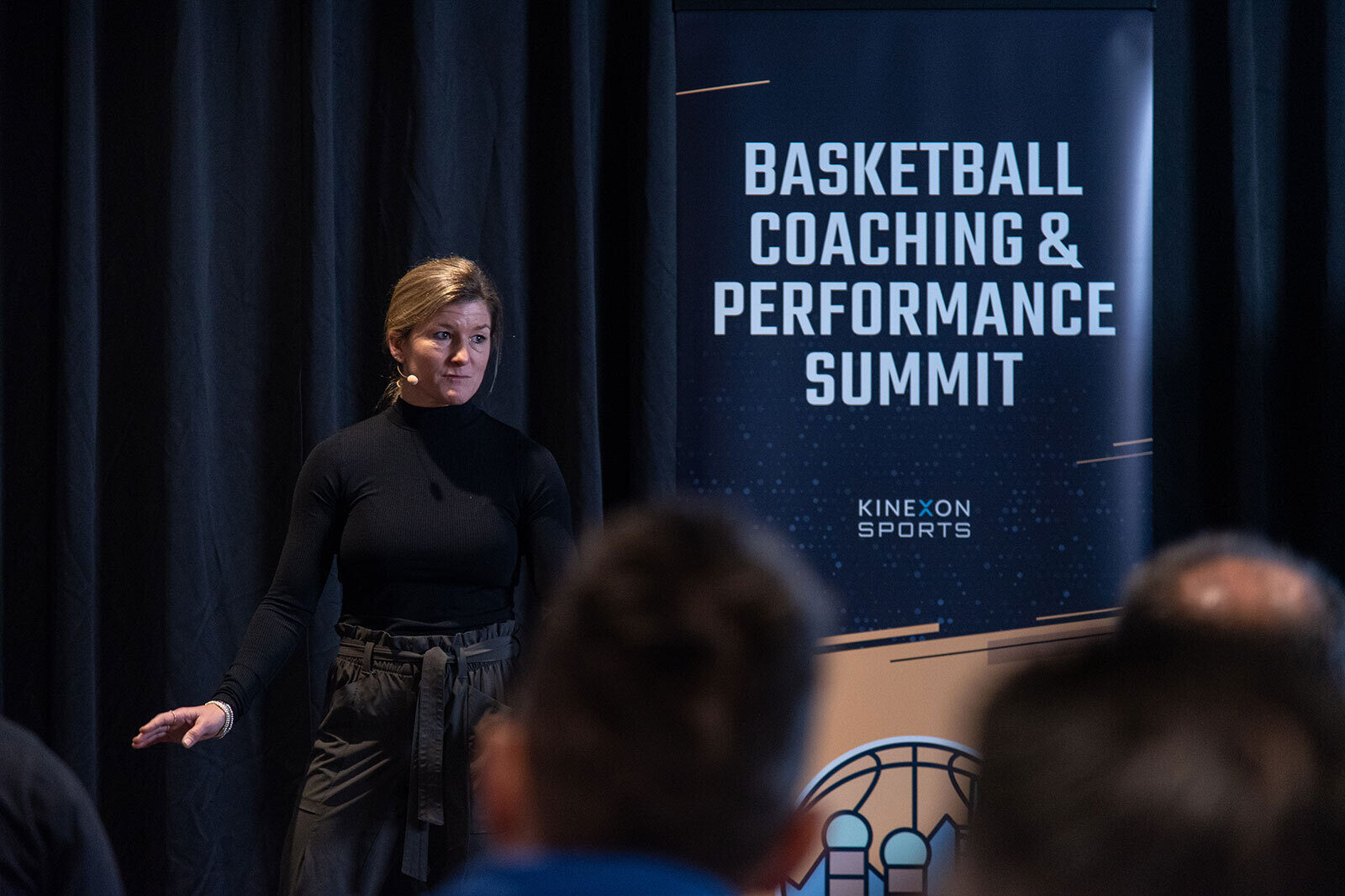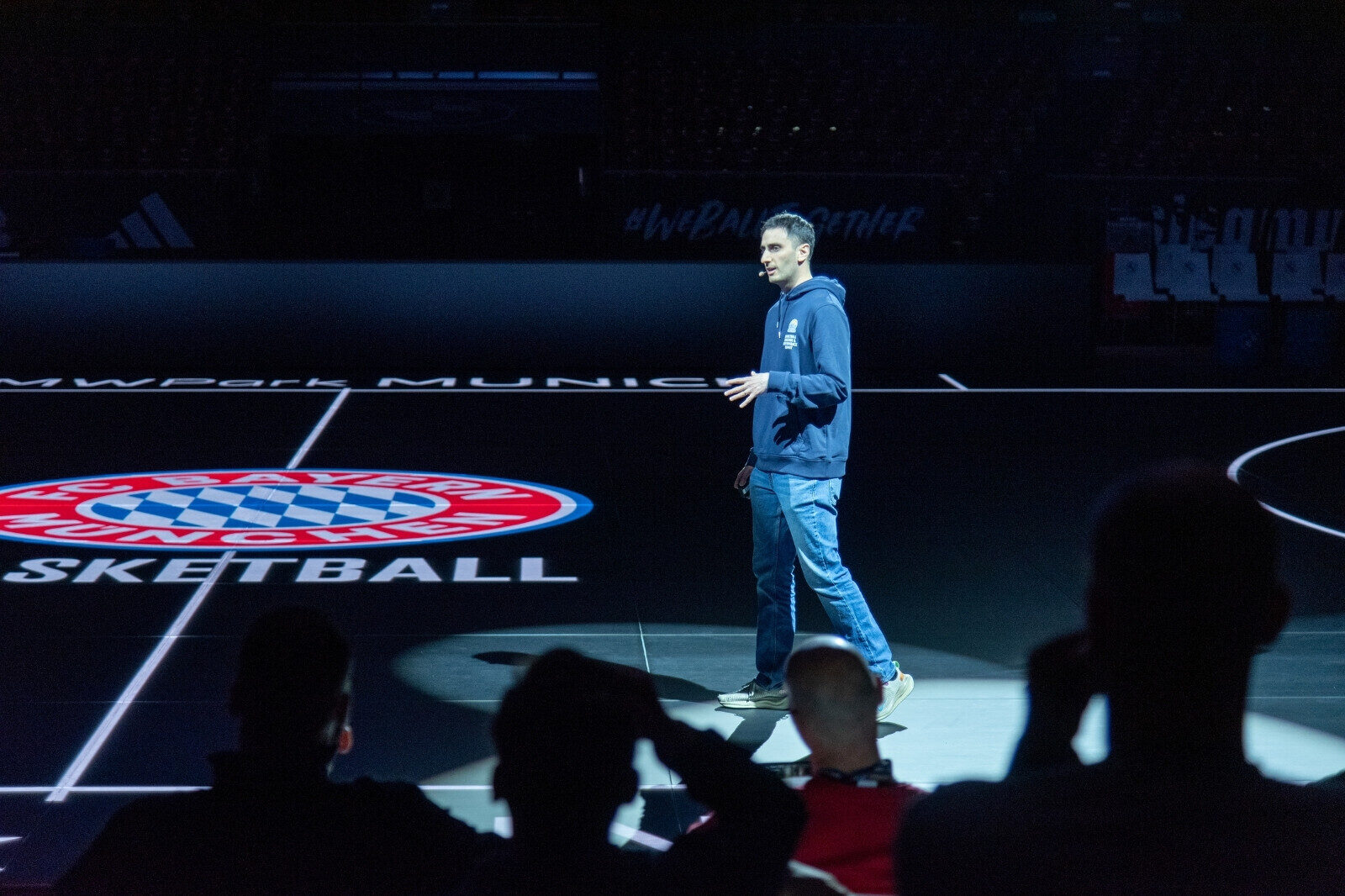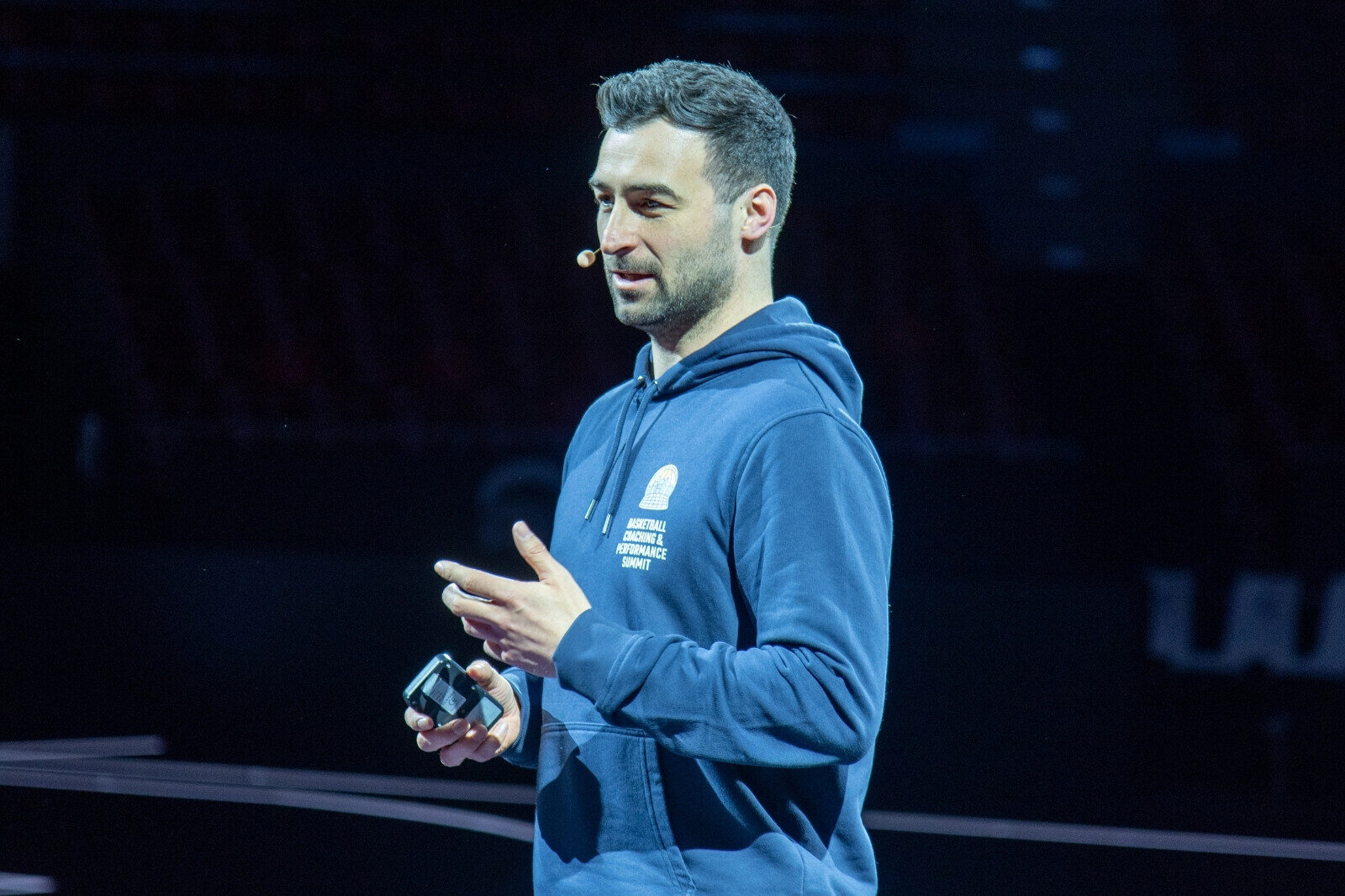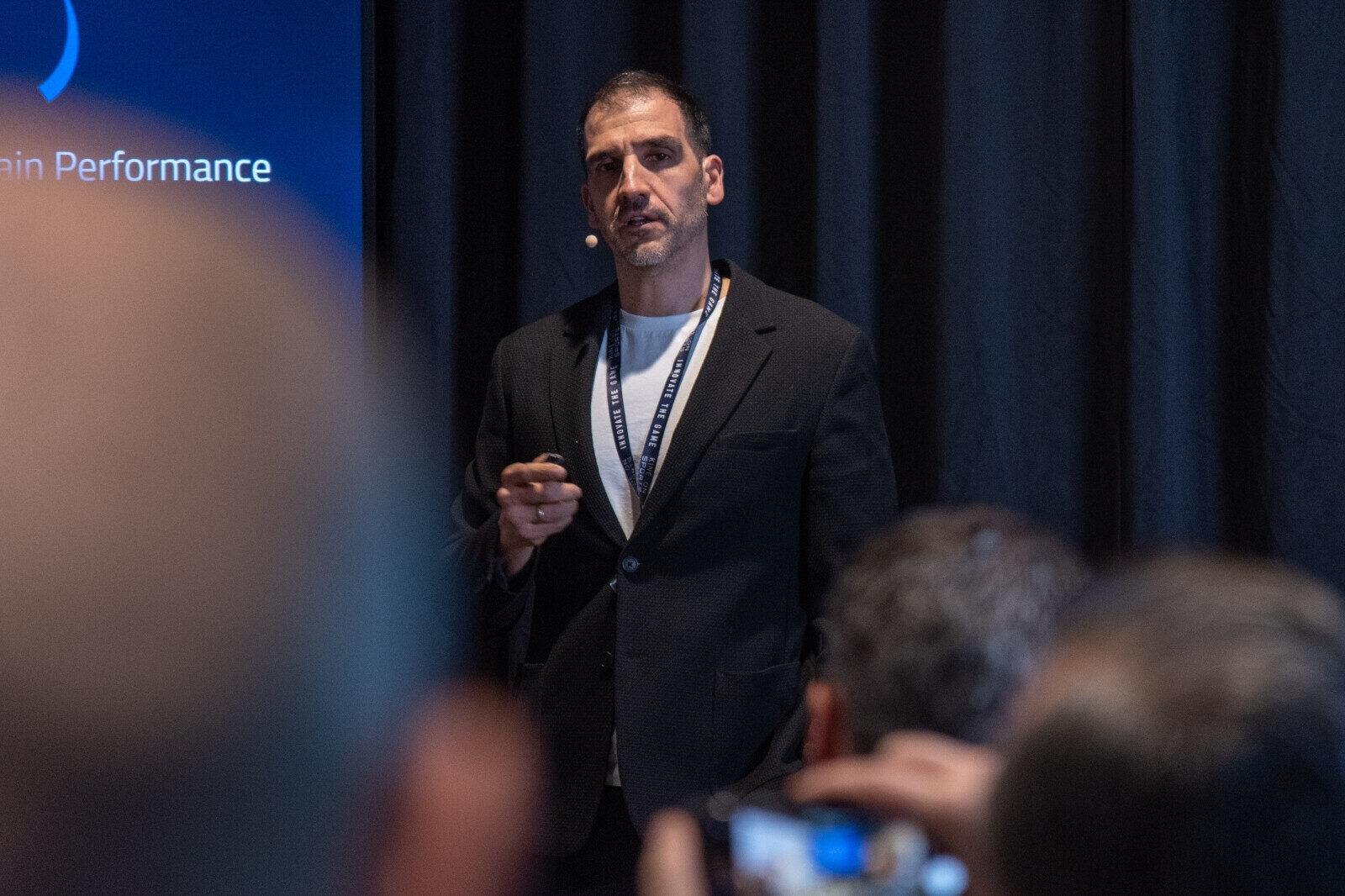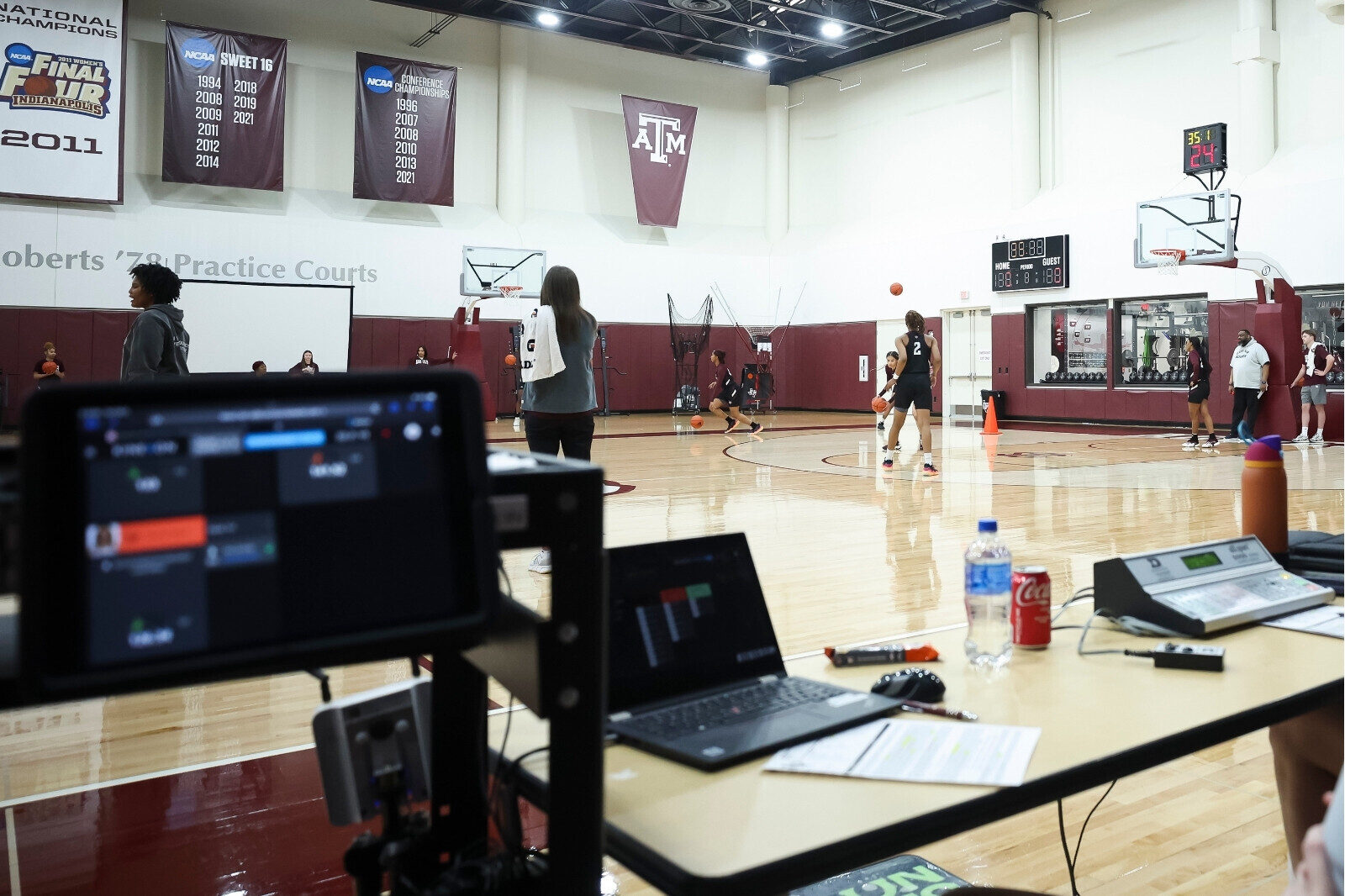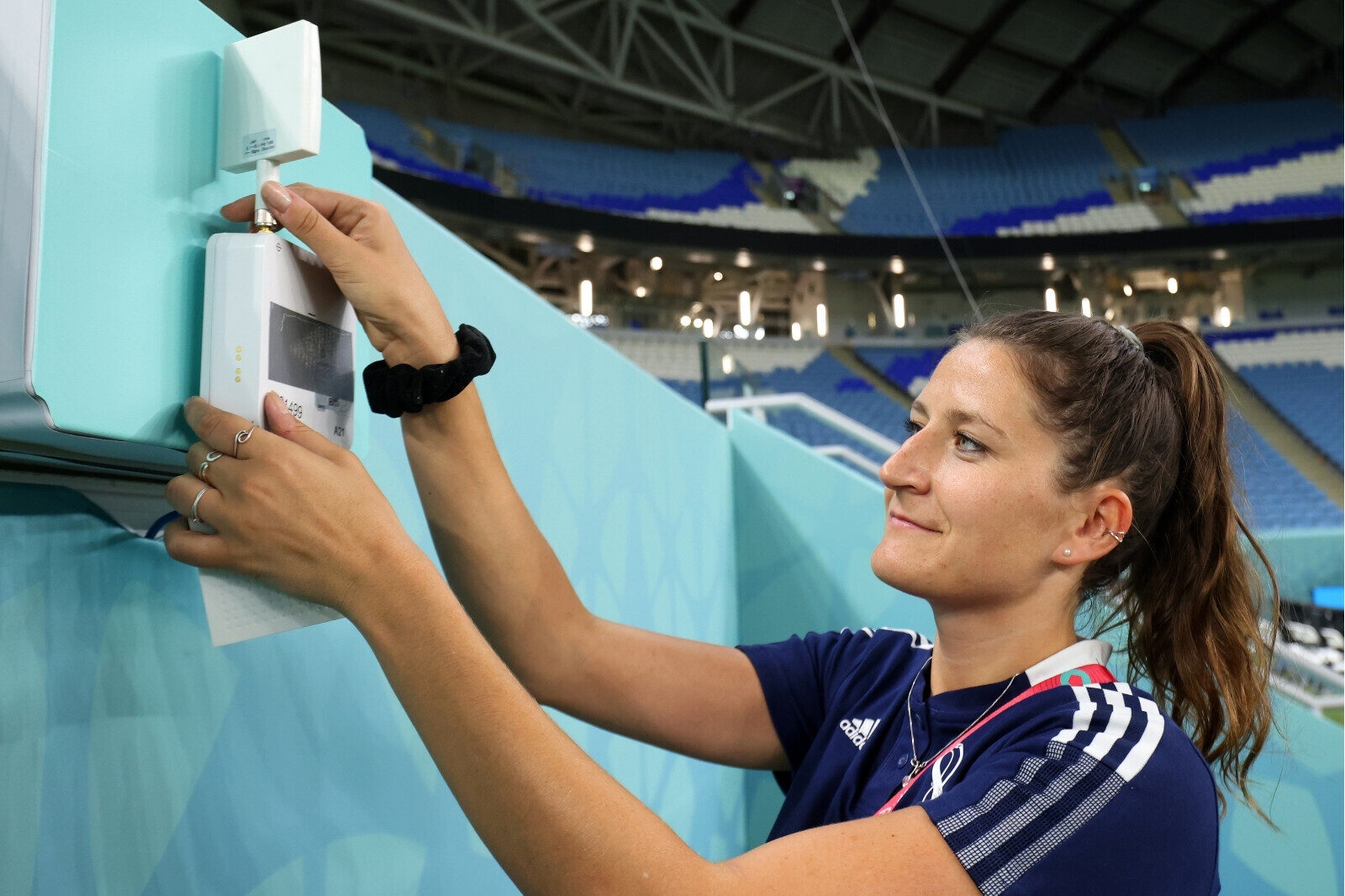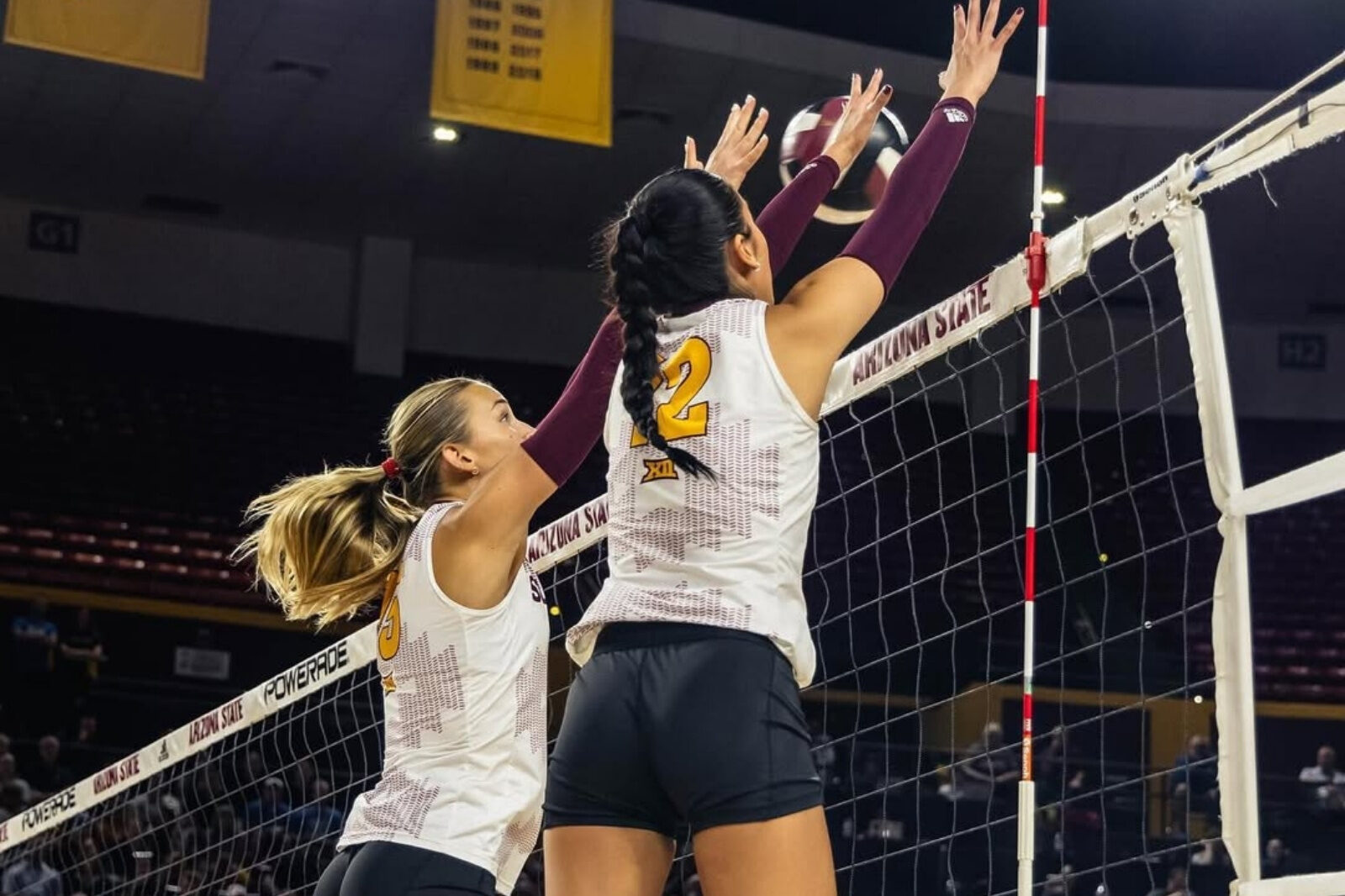Prevention of Jumper's Knee With Help of Player Tracking
Handball players belong to the risk group for knee injuries. According to VBG (2021), these are among the second most common injuries in handball at 13.7%. Such injuries, such as patellar tendinitis — commonly known as a jumper’s knee — can be prevented through the use of tracking systems.
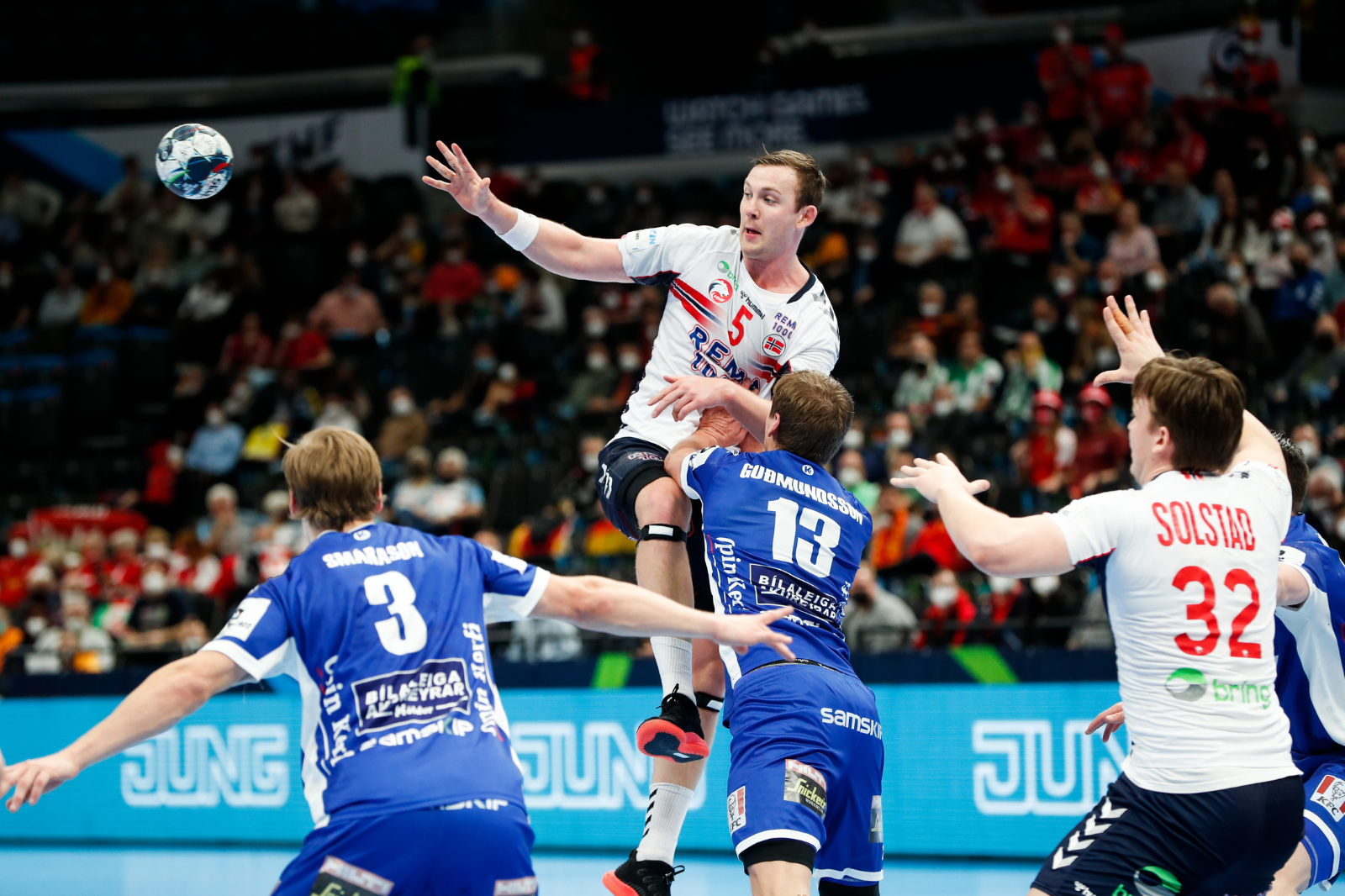
Injuries to the knee are among the second most common injuries in handball. One example of this is patellar tendinopathy, also known as jumper’s knee. It often occurs as an overload reaction to jumps, accelerations and decelerations.
The result is a fatigued or shortened leg extensor, which exerts traction on the knee. This in turn can lead to high tensile loads at the tendon-bone junction at the bottom of the patella and irritation or degeneration of the patellar tendon.
However, this risk can be alleviated with the help of eccentric preloads. Nevertheless, it is important to use the right training volume as excessive loads have a negative effect. Tracking systems offer the possibility to monitor this.
Helpful Metrics for Preventing Jumper’s Knees
- Jump Load Per Mass:
Consistently high values of this metric can indicate that recovery measures need to be adjusted, as they allow conclusions to be drawn about quadriceps fatigue — and as its risk of shortening increases, so does the risk of patellar tendinopathy.
The Jump Load Per Mass is additionally suitable for comparing different players, as it also takes into account the weight of a player, which has a major influence on the jump load.
- Acceleration Load:
Indicates how intense movements or phases are. Recovery measures can be adjusted to this.
- Jumps, accelerations and decelerations (total):
Give an overview of the frequency of “risky” movements.
The Jump Load is usually higher in training than in games, since a higher number of jumps take place (VBG Sport Report 2021, p.99). The opposite is true for the Acceleration Load: this is often higher in games than in training, as more demanding and intensive accelerations take place here.
The Use of Metrics as an Early Warning System
Our tracking system can act as an early warning system, alerting coaches with flagging charts, for example.…
- … when loads are higher than usual
- … when repeated peaks are established
- … when a certain value is higher than usual two times in a row
Consequently, some (preventive) countermeasures can be taken, such as
- Reduction of exercises that increase the risk for patellar tendinopathy syndromes
- Additional training to strengthen the muscles
- Stretching exercises to prevent injuries
Examples
The event scatter plots below show how often events such as accelerations, decelerations, and jumps of maximum magnitude occur in match. It’s worth taking a closer look at these values to best protect athletes from injuries and help them optimize performance. Especially backcourt and line players are more prone to injury due to the high number of actions (VBG Sport Report, p.101).
Figure 1, Example: one player, backcourt position, match
